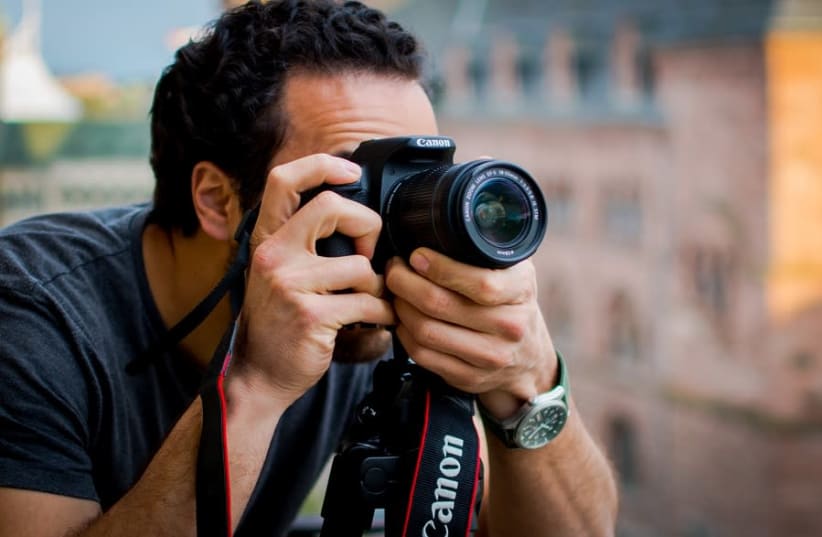Not only is photography time-consuming, but it can also be creatively exhausting. At some point in their careers, many photographers start to struggle with bringing their ideas to life, or they simply run out of inspiration.
If you are a photographer, you should make sure to get out of your comfort zone and try out new things that will inspire you and help you improve your photography skills. Even if you don’t end up with the perfect results, you’ll gain unique and invaluable experience.
Take a look at the five photoshoot ideas below that will help you polish your photography skills and get out of the rut.
Focus on the Background
Before you sign a photography contract with your client, suggest a new photoshoot idea. For instance, you can try putting focus on the background rather than on your client. Your subjects will turn out blurry in most cases, but that’s okay, as they will be in the foreground.
Foregrounds act opposite to the backgrounds. As a result, when they’re blurred, they add depth to the picture. This additional layer offers an interesting vibe to the image, thus making it more eye-catching and mysterious.
However, make sure to find a background that is unique enough. Plain backgrounds won’t do the trick, so you might want to dive a bit deeper for the wanted results.
Use Only One Aperture
If you’ve been in the photography business for some time, you probably know all about the aperture. To put it simply, it’s associated with background blur in most cases.
If your aperture is larger, the background is blurrier. Most people use this kind of aperture for macro and portrait photography. On the other hand, the smaller one is great for street and landscape images. Although many photographers abide by these rules, what would happen if you broke them?
Select whichever aperture you want — it can be your favorite one, something you’ve meant to try for some time, or an aperture number you haven’t used in the past. For instance, if you’re used to taking detailed shots, a good idea would be to use aperture f/1.8. Stick with it, and don’t change it during your photoshoot.
The entire point is to help you look at your work from a different perspective. This might turn out to be challenging, but it can also help you learn something new.
Use Windows to Take Self-Portraits
Firstly, they will allow you to empathize with your models and get a taste of their experience. Next, they will make you feel more confident in your own skin. Lastly, they will help you get familiar with the lightning, settings, and other important aspects of a photoshoot in a more personal way.
The best idea is to start with self-portraits next to windows, as they’re great light sources. Try facing the window directly, sit side by side, or shoot against it. Of course, you can also go outside and see what kind of photos you will take in those conditions.
All of these ideas yield different results. For example, if you choose to sit facing the window directly, you’ll end up with an entirely lit face. This is a great way to take minimalist photographs, so why not give it a go?Add Motion to Still Photography
A common misconception about still photography is that it always has to be still. But we disagree. Namely, you can add motion to this kind of photography — simply incorporate movements by adding a bit of spark to the objects.
For example, sprinkle some glitter or sugar onto a cupcake, pour water or milk into a cup of coffee, or move the light to create a halo effect. Doing any of this will make your photos come to life.
If you want to create something a bit different, you can use a very slow shutter speed to achieve a dreamier result. Slow shutter speed makes the camera take photos for a long time. We suggest using a tripod to avoid blurry images.
Photograph the Same Place Throughout the Day
Progression is a good way to practice your photography skills. Plus, it’s a common theme in every photography genre. For instance, landscape photography involves a lot of changes, so why not take advantage of that?
Choose the scenery that you would like to photograph and come back to the place a few times during the day. Start taking photos in the morning and end with night shots. The landscape will look amazingly different in photographs — it might look both welcoming and moody, depending on the time of the day. This will also help you get to know your camera settings better and understand different kinds of lightning.
If you like this kind of photography, you can set out on a mission of sorts. Choose your favorite location and come back for seasonal photographs. This project will certainly take time, but the results are bound to be breathtaking.
